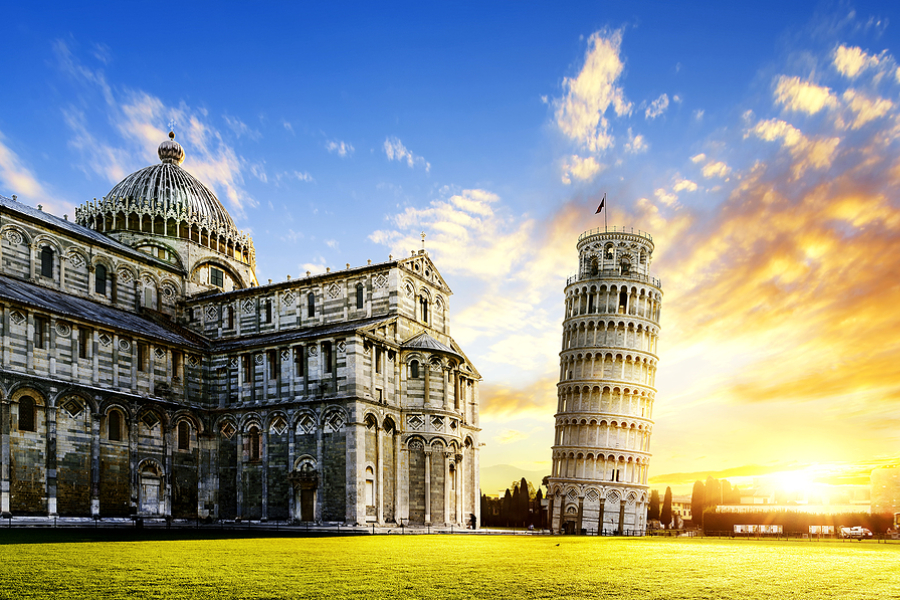What Galileo’s Pisa Experiment Reveals About Physics

In the late 16th century, an Italian scientist named Galileo Galilei challenged the long-standing beliefs about motion and gravity. One of his most famous experiments, conducted from the Leaning Tower of Pisa, not only revolutionised our understanding of physics but also laid the foundation for the scientific method. This seemingly simple experiment, where Galileo allegedly dropped two spheres of different masses from the tower, revealed profound truths about the nature of gravity and motion that continue to resonate in the study of physics today.
The Historical Context
Before Galileo’s time, the dominant theory of motion was largely influenced by the Greek philosopher Aristotle. Aristotle believed that heavier objects fell faster than lighter ones, a view that had persisted for nearly two thousand years. According to this Aristotelian view, the rate at which an object falls is directly proportional to its weight. For centuries, this theory went unchallenged, despite its inherent flaws.
Galileo, a professor of mathematics at the University of Pisa, was one of the first to question Aristotle’s theories. He hypothesised that in the absence of air resistance, all objects would fall at the same rate regardless of their mass. This idea was radical, as it contradicted the long-held beliefs of Aristotle and the established scholars of the time.
The Pisa Experiment
The famous Pisa experiment, though shrouded in myth and debate about its exact occurrence, is often credited with providing empirical evidence for Galileo’s hypothesis. As the story goes, Galileo dropped two spheres of different masses from the Leaning Tower of Pisa. Contrary to Aristotle’s theory, both spheres hit the ground simultaneously. This simple but powerful demonstration provided concrete evidence that the acceleration due to gravity is constant and does not depend on the mass of the object.
This experiment marked a significant departure from the Aristotelian view and was a pivotal moment in the history of physics. It demonstrated that all objects, regardless of their mass, experience the same gravitational pull when air resistance is negligible. This insight laid the groundwork for the development of Newton’s law of universal gravitation and the broader field of classical mechanics.
The Scientific Method
Galileo’s approach to the Pisa experiment also highlights the importance of the scientific method, which is central to modern scientific inquiry. Unlike Aristotle, who relied on philosophical reasoning, Galileo emphasised observation and experimentation. His method involved formulating a hypothesis, conducting experiments, and analysing the results—an approach that is still used by scientists today.
For students grappling with the complexities of physics, understanding the scientific method is crucial. It is not just about memorising formulas and theories but about learning how to think critically and apply these concepts to real-world situations. This is where seeking help from Physics tuition in Singapore can be incredibly beneficial. With a solid understanding of the scientific method, students can approach their studies with confidence, knowing they have the tools to explore and understand the physical world.
The Laws of Motion
Galileo’s findings also played a crucial role in shaping the laws of motion. By proving that objects fall at the same rate regardless of their mass, he laid the groundwork for Newton’s first law of motion—the law of inertia. According to this law, an object at rest stays at rest, and an object in motion stays in motion unless acted upon by an external force.
This principle is fundamental to understanding how objects move and interact with forces, a topic that is central to any physics curriculum. For students preparing for exams, especially those in the A-levels, mastering these concepts can be challenging. An A level physics tutor can provide personalised guidance to help students grasp these fundamental principles, ensuring they are well-prepared for their exams.
The Impact on Modern Physics
Galileo’s work did not stop with the Pisa experiment. His studies on motion, acceleration, and the principles of inertia laid the foundation for classical mechanics, which dominated physics for the next three centuries. Even today, Galileo’s insights are taught in classrooms around the world as part of the core physics curriculum.
In addition to influencing Newton, Galileo’s work also paved the way for later developments in physics, including Einstein’s theory of relativity. By questioning established beliefs and relying on experimentation, Galileo set a precedent for future scientists to explore the universe with an open mind and a critical eye.
For students and educators alike, Galileo’s Pisa experiment serves as a powerful reminder of the importance of curiosity, skepticism, and the willingness to challenge the status quo. These are the qualities that drive scientific discovery and innovation.
Conclusion
Galileo’s Pisa experiment is more than just a historical anecdote; it is a testament to the power of observation, experimentation, and critical thinking. It challenged centuries of established thought and laid the foundation for modern physics. For students studying physics today, understanding the significance of this experiment is crucial not just for exams, but for appreciating the scientific process itself.